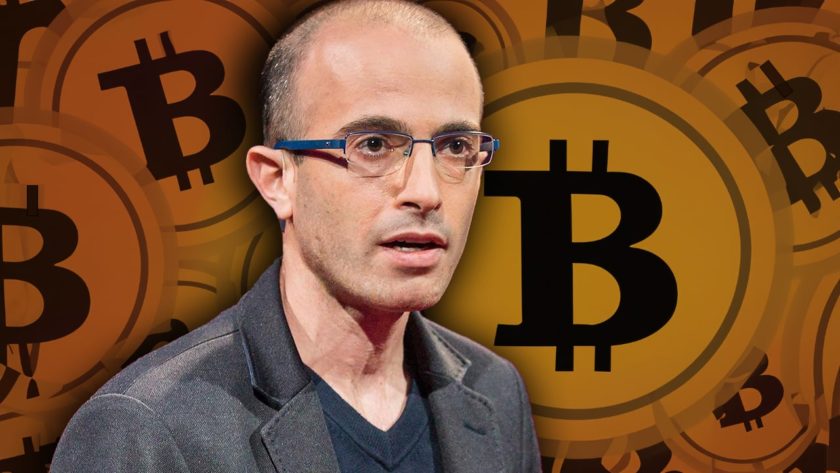Bitcoin Isn’t a Currency, but That Doesn’t Make It a Failure
January 13, 2019 by Bitsonline Guest Contributor
What is it that makes a currency successful? In fact, what is it that makes something a currency at all? Where bitcoin as a currency could be said to have failed by some measures, it has succeeded in changing the narrative of what a currency is and ushered in a new era the ending of which remains yet to be fully fleshed out.
Also read: Paper Outlines Proof-of-Stake Sidechains for Cardano Ouroboros, Beyond
Subscribe to the Bitsonline YouTube channel for great videos featuring industry insiders & experts
This is a guest post, written exclusively for Bitsonline by Kevin Murcko, CEO of crypto exchange, CoinMetro
What Makes a Currency a Currency?
Stability is certainly one factor. When you exchange GBP for a cup of tea at a café, you strike up a contact. This contract is based on the mutual understanding that the value of your payment will stay the same by the time the business receives it. Both parties agree: £1.50 buys you one cup of tea.
When it comes to these kinds of day-to-day transactions, bitcoin falls short. You’re dealing with minuscule, rapidly changing values. 0.00021 BTC could shift to 0.00018 BTC in a matter of minutes, in fiat terms. If the network is busy, it could take hours for your payment to clear and who knows the value of your original transaction by then.
In other words, bitcoin fails on two accounts: as both a stable store of value, and as a convenient medium of exchange. This is a far cry from the intention of its creator, the mysterious ‘Satoshi Nakamoto’, who had in mind a vision of a convenient peer-to-peer electronic cash system–a stable form of payment, and a true crypto-currency.
Was Bitcoin Perhaps Just the Beginning?
At the same time, Satoshi wasn’t unrealistic. Bitcoin was never intended to replace fiat currency overnight; neither was it due to be the final iteration of blockchain technology. It was an experimental and hopeful alternative to conventional currency.
For Satoshi, the extent of mainstream adoption was unforeseeable. “It has the potential for a positive feedback loop”, Satoshi wrote in an understated manner in the opening forum post.
“As users increase, the value goes up, which could attract more users to take advantage of the increasing value.”
Only 21 million bitcoin was ever minted, and the world’s demand has quickly outstripped its limited supply. Satoshi could never have anticipated that just one bitcoin would have reached a height of $20,000 USD, or that, at least initially, the risks of hacking and money laundering would have been so prevalent.
Nor could Satoshi have foreseen the energy demands that have shadowed its rise in popularity–now accounting for 0.33 percent of the world’s total energy consumption, most closely comparable to the entire annual energy consumption of Austria.
Bitcoin isn’t without its fair share of problems; no rational person would deny that. But it would be parochial to conclude that bitcoin as a project has failed in its entirety.
Ten Years On…
In the ten years since bitcoin’s creation, the digital asset has racked up countless achievements. In terms of international applications, bitcoin has successfully provided a means for transferring value across borders and as an asset tied to the underlying value of blockchain technology. It has triumphed in providing a solution for the unbanked–a quarter of the world’s population without access to typical banking infrastructure.
As an alternative store of value, crypto has provided an interesting contingency for countries struggling with hyperinflation. Economic woes in Venezuela, Turkey, and Argentina have seen many residents turn to crypto for monetary relief, having lost trust in traditional financial systems.
Above all this, most importantly, bitcoin has provided trust and transparency to transactions, without going through a centralized regulatory body–a feat that was unheard of prior to 2009.
Bitcoin isn’t a success because it’s flawless. It’s a success because of what it has achieved despite its flaws. It is the flagship concept that proves indisputably that there is an alternative to centralized financial systems.
As Satoshi stated in a post back in 2009:
“A lot of people automatically dismiss e-currency as a lost cause because of all the companies that failed since the 1990’s.”
In some ways, the same thing can now be said of bitcoin. While bitcoin hasn’t flourished as a day-to-day currency, it has set in motion a new wave of economic thought and engagement.
Ten years later, bitcoin is just the start and has paved the way for a flourishing blockchain industry. We use blockchain for supply chains, shipping, building apps, for law, and finance.
While it might be more accurate to call bitcoin a crypto-asset for now, it’s surely just a matter of time before we reach a convenient, secure, and trustless protocol–one that we all recognize to be a currency.
Sound off below. Is it fair to say bitcoin is not yet, or not quite, a “currency” in the parlance of our times?
Images via Pixabay






